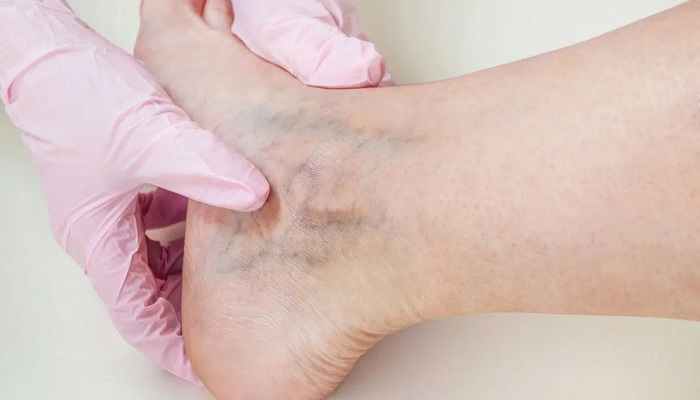Healthy veins play a critical role in our overall health and well-being. Veins are responsible for transporting blood from the limbs and organs back to the heart. When veins become damaged or weakened, it can lead to various health problems. One of the most visible symptoms of vein problems is changes in the skin’s appearance. In this article, we’ll explore the importance of early detection of vein problems and how it can help prevent skin changes.
What are vein problems?
Vein problems occur when the veins in our body become damaged or weakened, leading to poor blood flow and circulation. There are several types of vein problems, including:
– Varicose veins
– Spider veins
– Deep vein thrombosis
– Chronic venous insufficiency
These conditions can cause a range of symptoms, from mild discomfort to severe pain.
Symptoms of vein problems
The symptoms of vein problems can vary depending on the type and severity of the condition. Some of the most common symptoms include:
– Swollen, bulging veins
– Pain or aching in the legs
– Itching or burning sensation
– Skin discoloration or thickening
– Skin ulcers or sores
Visit a varicose veins clinic in El Paso to treat your condition and ease the symptoms of vein problems.
How vein problems can lead to skin changes
When the veins in our legs are not working correctly, it can lead to a buildup of pressure in the veins. This pressure can cause the veins to bulge and become twisted, leading to vein problems. As the condition progresses, the skin around the affected area can become discolored, thickened, and even painful. Skin discoloration is due to the lack of oxygen and nutrients transported to the skin cells, leading to cell death and tissue damage.
How early detection can prevent skin changes
Early detection of vein problems is a key step to preventing skin changes and other complications. By identifying and treating vein problems early, it is possible to reduce the risk of skin changes and other complications. The diagnosis of vein problems involves a physical exam and ultrasound imaging.
Treatment options vary depending on the type and severity of the condition. In some cases, lifestyle changes may be enough to improve vein health. However, medical treatments, like medications and surgery, may be necessary for more severe cases.
Preventive measures to reduce the risk of vein problems
Several preventative measures can reduce the risk of developing vein problems. These include:
Regular exercise
Exercise can improve circulation and help maintain healthy veins. Activities such as walking, running, and cycling can be beneficial.
Maintaining a healthy weight
Excess weight can put additional pressure on the veins, increasing the risk of vein problems. Maintaining a healthy weight can reduce this risk.
Wearing compression stockings
Compression stockings can help improve blood flow. They also prevent blood from pooling in the legs, reducing the risk of vein problems.
Elevating the legs
Elevating the legs above heart level can help reduce swelling and improve blood flow.
Avoiding sitting or standing for long periods
Sitting or standing for extended periods can pressure the veins, leading to vein problems. Taking frequent breaks to move around or stretch can help reduce this risk.
Lifestyle changes to improve vein health
Besides preventive measures, several lifestyle changes can help improve vein health. These include:
– Eating a healthy diet
– Staying hydrated
– Avoiding tight clothing
– Taking breaks to move around
Conclusion
Early detection of vein problems is key to preventing skin changes and other complications. By seeking medical attention, you can improve your vein health and reduce the risk of skin changes. Also, adopting healthy lifestyle habits and preventive measures can help maintain healthy veins, lowering the likelihood of developing vein problems.


















